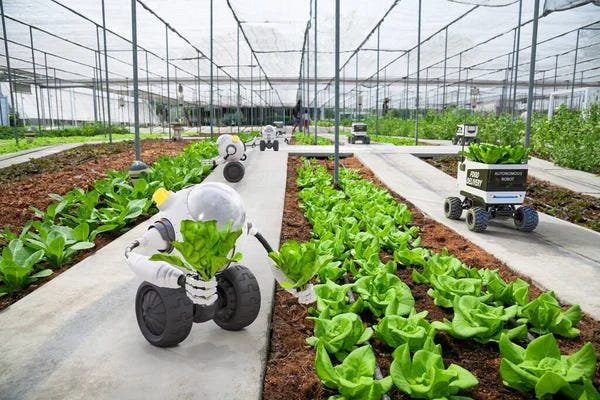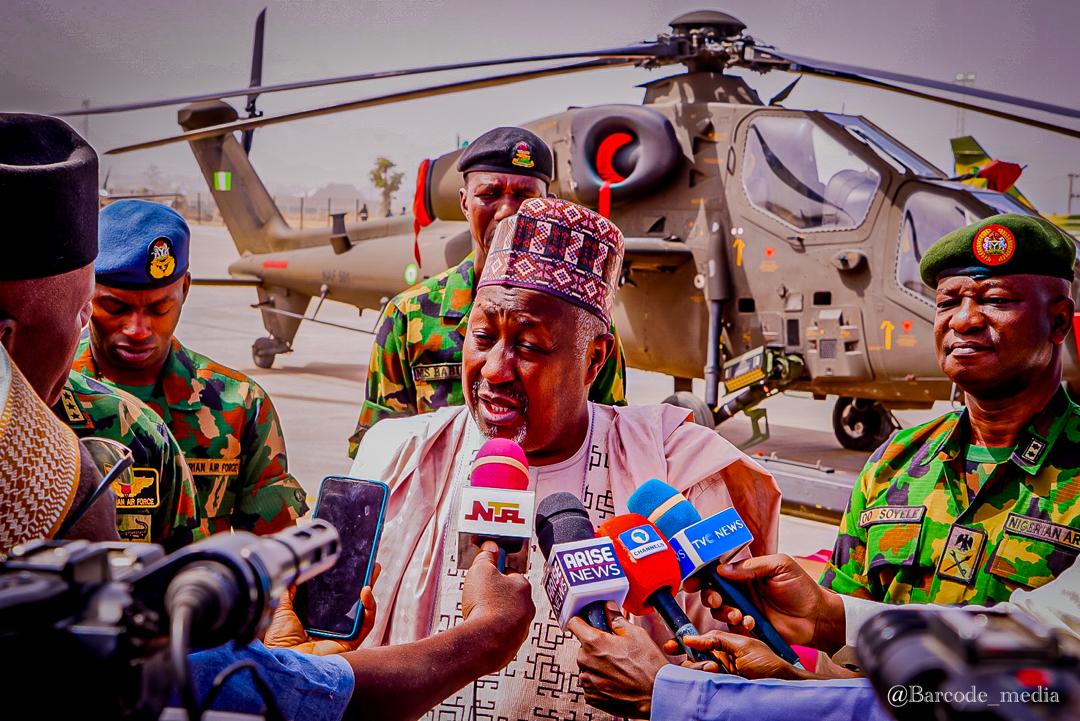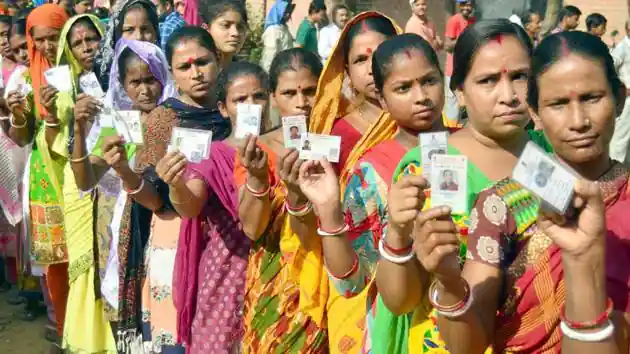In a small farming community in Kenya, a group of high school students has achieved a groundbreaking feat developing an artificial intelligence model that helps local farmers detect and prevent crop diseases.
Their innovative project is not only transforming agriculture in their village but is also gaining national recognition for its potential to revolutionize food security in rural areas.
For years, local farmers struggled with frequent crop failures caused by diseases like maize lethal necrosis and bacterial wilt. Limited access to agricultural experts meant that by the time farmers noticed symptoms, it was often too late to save their crops. Seeing their families’ livelihoods at risk, a group of students at the village’s only secondary school decided to take matters into their own hands.
Led by 17-year-old Amina Njoroge, the students, with guidance from a local NGO, started exploring the use of artificial intelligence in disease detection. Using open-source AI tools and a simple smartphone camera, they trained a model to identify early signs of crop infections based on visual symptoms. The AI scans leaf images uploaded by farmers and provides real-time diagnostic results, along with recommended treatments.
READ ALSO: Ihesiulo Grace Amarachi – CEO of AdaEventsNews Nigeria
With limited internet access and resources, the students faced significant hurdles in refining their model. However, through perseverance and support from university researchers, they improved its accuracy to an impressive 85%. The team also developed an SMS-based system to deliver results to farmers without smartphones, ensuring wider accessibility.
The AI tool has already helped dozens of farmers reduce crop loss, increasing yields by up to 30%. Encouraged by these results, the students are now working on expanding their model to detect multiple crop diseases and translate diagnoses into local dialects for better comprehension.
“We never imagined we could create something that would make such a big difference,” says Amina. “Now, we want to take it beyond our village and help farmers across Kenya.”
With growing interest from agricultural organizations and government agencies, the students’ AI-powered solution is proving that innovation can come from anywhere—even a humble classroom in a remote village.







